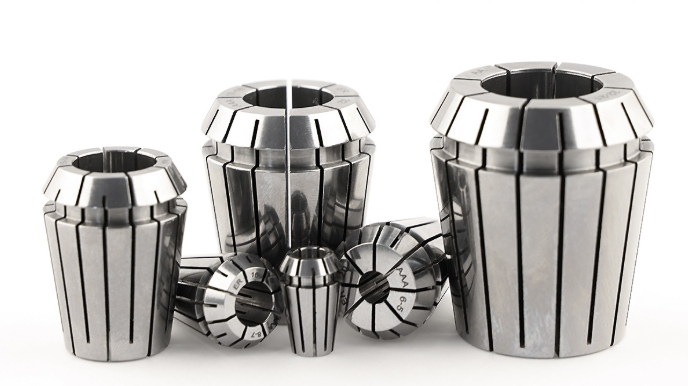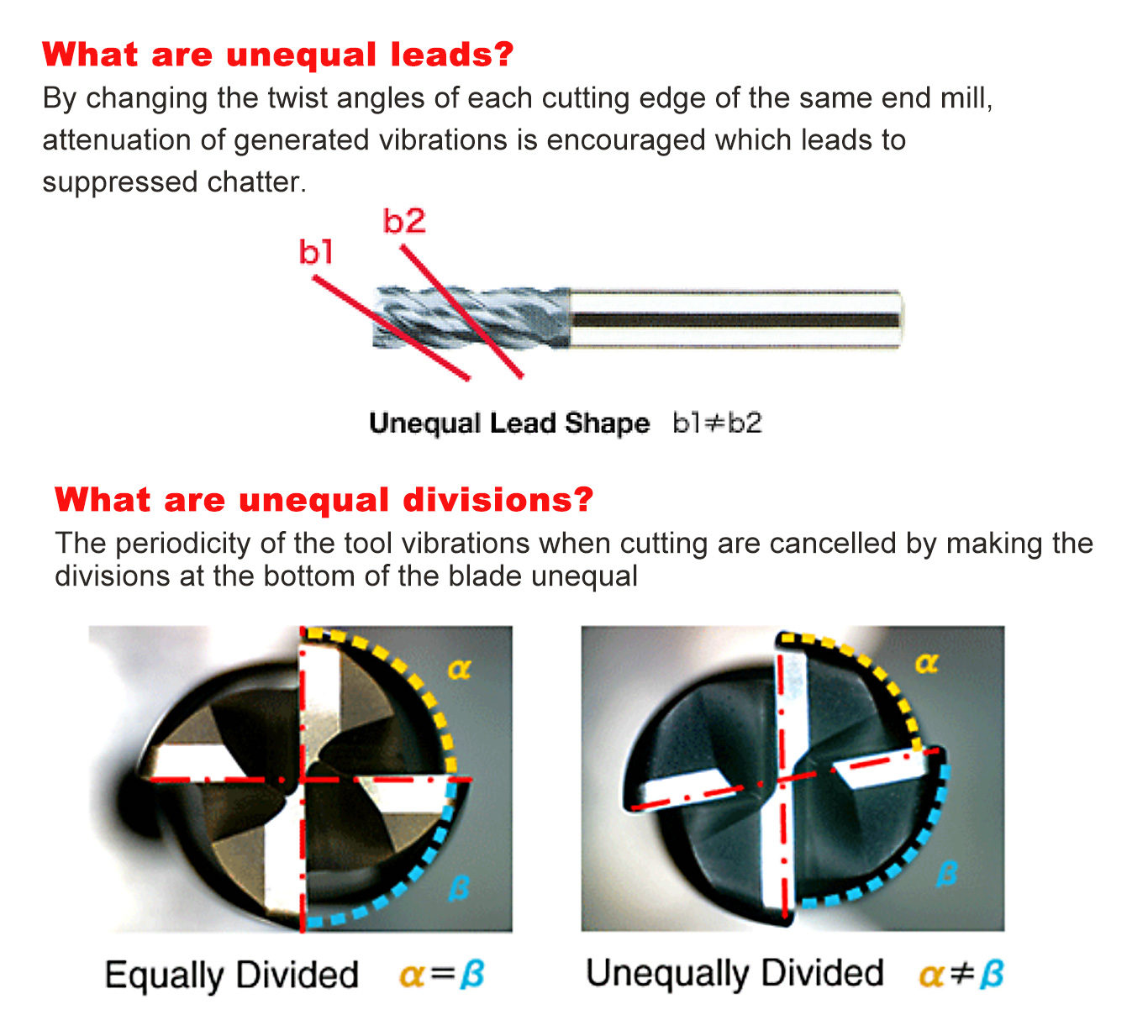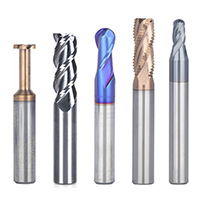Difference Between Carbide and High-Speed Steel (HSS)
1. Definition
High-Speed Steel (HSS): A high-carbon, high-alloy steel. Classified into tungsten series/molybdenum series (by chemical composition) or ordinary/high-performance grades (by cutting performance). Heat treatment is required for strengthening.
Carbide (Cemented Carbide): Made by sintering micron-sized refractory hard metal carbide powders with binders (cobalt, molybdenum, nickel, etc.) under high temperature and pressure.
2. Key Performance Differences
– Hardness: Carbide has higher hardness (HRC75-80) than HSS (HRC64-68), especially at high temperatures.
– Red Hardness: Carbide performs better at high temperatures (800-1000°C) compared to HSS (650°C).
– Toughness: HSS has superior strength and toughness; carbide is brittle with low bending strength and impact resistance.
– Cutting Speed: Carbide’s cutting speed is 4-7 times faster than HSS, ensuring higher efficiency.
3. Forming & Application
– Forming Method: Carbide mainly uses powder metallurgy; some HSS also adopts this process.
– Application: Carbide is the go-to material for general tools. HSS is preferred for small, complex-shaped tools, or scenarios requiring sharp cutting edges and high toughness.
WEIX TOOL exclusively uses ultrafine particles to manufacture carbide end mills.


H
+86-18306105100|info@weixtool.com










Leave A Comment
You must be logged in to post a comment.